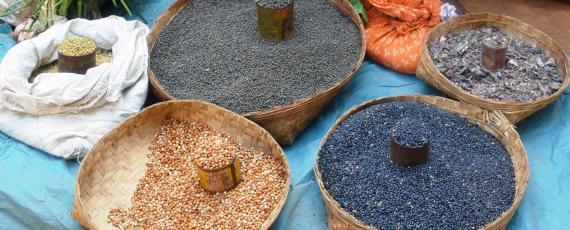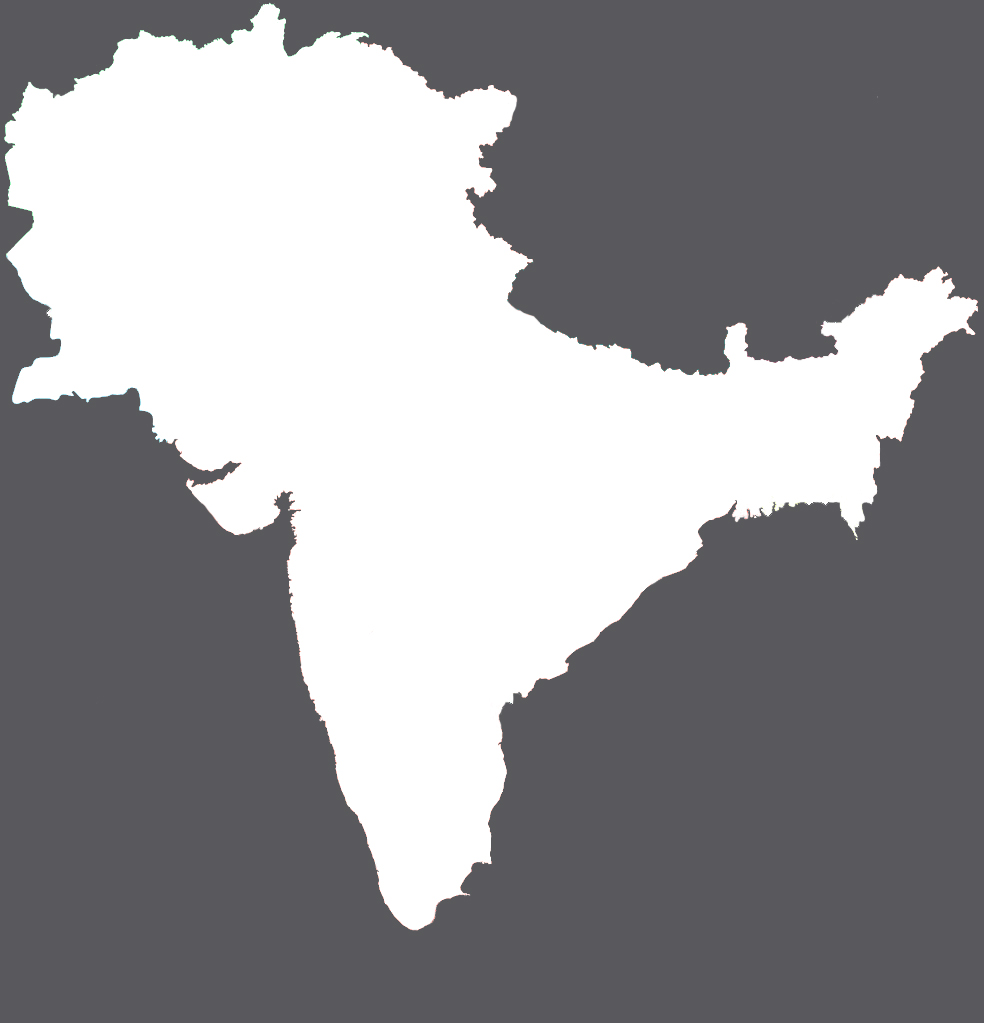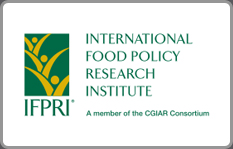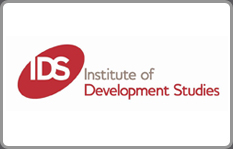Look forward to valuable feedback from ANH Academy Week

As we aware, the Sustainable Development Goals (SDGs) are aimed at reducing hunger and poverty, as well as promoting health and nutrition. My mini-poster presentation at ANH Academy Week while being in line with Research Question under Pillar 2.1 of LANSA programme - How do policies and strategies influence poverty and the nutrition impact of agriculture? –will be a snapshot on the production and consumption of pulses in India and the connection to achieving the SDGs.
My research on pulses
I am examining state-wise growth performance in area, production and yield for major pulses and for the consumption side – it is an analyses of the patterns in consumption using the 61st and 68th rounds of the National Sample Survey (NSS) corresponding to the years 2004-05 and 2011-12.
In India, the area and production under pulses has been almost stagnant in the time period starting early 2000. Given that the country has a demand-supply gap in pulses and needs to import to make-up for the 5-6 million tonnes deficit in imports, it becomes prudent to increase domestic production. It is only after 2009-10 that the Recommended Dietary Allowance of 40 grams per day per capita has been met (after accounting for imports). Different pulses are consumed in different states - Black Gram is more popular in the southern states and Bengal Gram in northern states.
For the 68th round of the NSS, a detailed food consumption analysis using the Seemingly Unrelated Regression Estimation (SURE) was undertaken for important food groups viz. cereals, Bengal gram, red gram, green gram, black gram, lentils, milk, oil, potato, onion and green leafy vegetables. We find that income (Monthly Per Capita Expenditure) is positively associated with the consumption of various food groups. The rural sector has a higher consumption of pulses than the urban sector. This could be attributed to the consumption of more processed food in the urban sector. In terms of occupation, agricultural labourers do tend to consume higher amounts of pulses than other categories. Tamil Nadu and Andhra Pradesh show higher consumption of pulses. This is expected as these states distribute pulses in the Public Distribution System.
Value from ANH Week
---
This blog was first published on the ANH academy website on 04th July 2017: http://anh-academy.org/academy-news-events/blog/2017/07/04/countdown-anh-academy-week-2017-look-forward-valuable-feedback








Add new comment